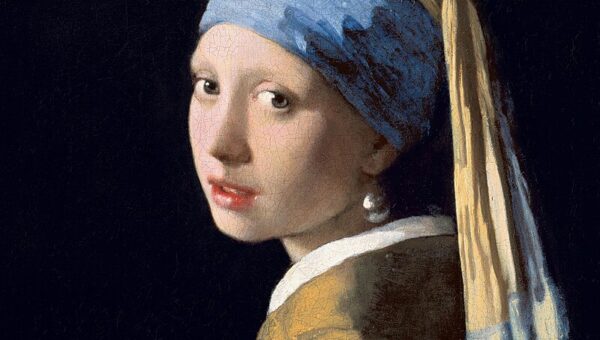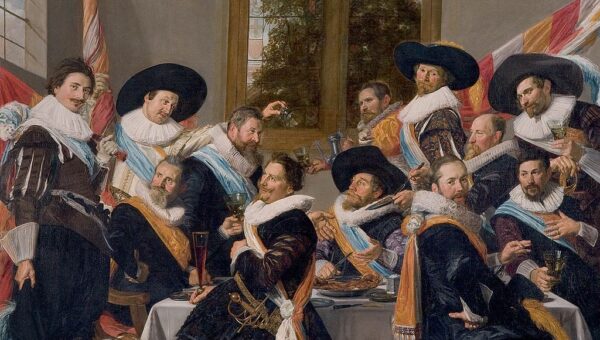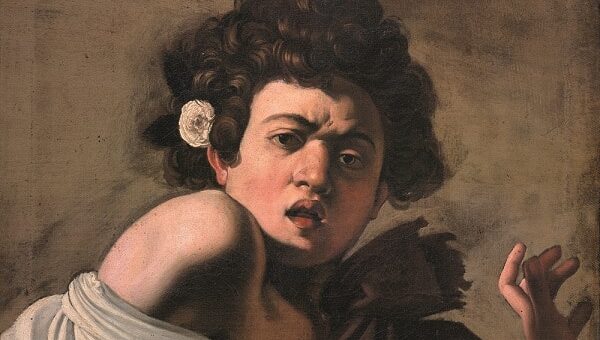
Best artists of all time: Jan Steen (1626 - 1679)
The artist Jan Steen was rather out of the ordinary, and was blessed with a good sense of humour, using a vibrant colour palette and an unusual, distinctive painting technique. The eloquence and sense of mockery in his works perfectly conveyed the everyday lives of both the peasantry and the elite, revealing a completely different world without any pomposity.
Steen was born in 1626 into a family of brewers in Leiden, beside the Oude Rijn (Old Rhine) river, in southern Holland. He had a large number of siblings. Jan was the eldest of eight or more children that were born to the Steens. Like his father, the artist tried to give his life over to brewing, but fate had other ideas, and his creative nature always came out on top.
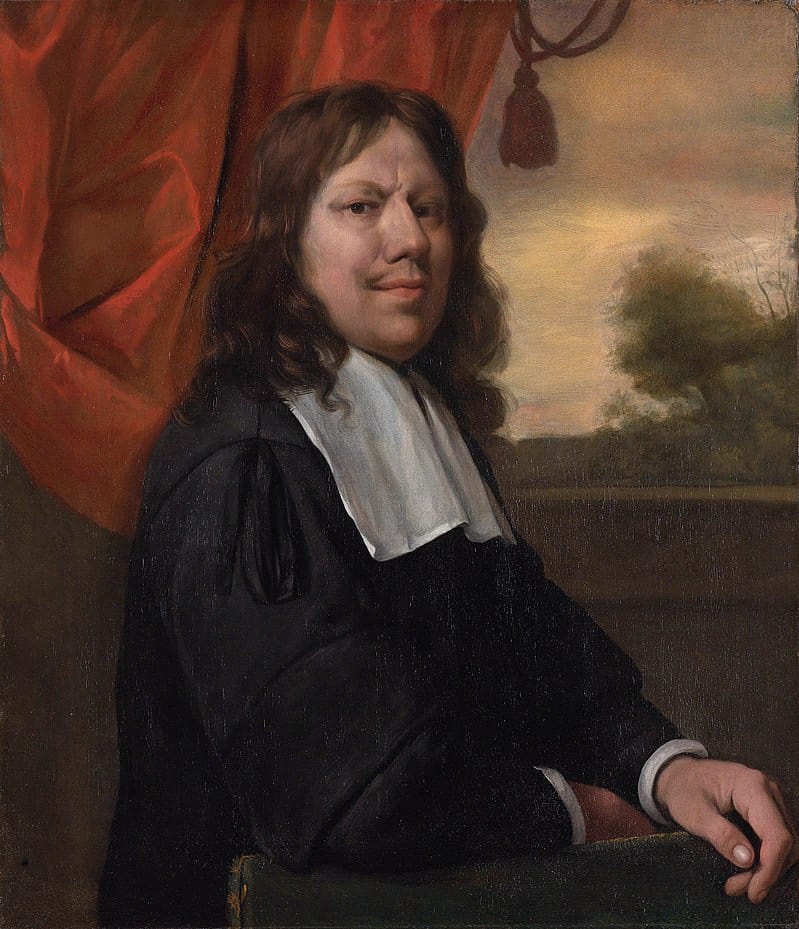
Jan Steen spent his early years as a boy and then an adolescent in his native town of Leiden, with occasional trips to Utrecht or Haarlem. There, he took lessons in painting from Nicolaes Knupfer and Adriaen van Ostade. His first tutor’s school left a vivid and substantial trace in Jan’s colour palette, whilst his second teacher’s interest in rural motifs and domestic scenes from the lives of ordinary workers and tradesmen, teachers and musicians proved to be infectious (The Baker Arent Oostwaard and his Wife, Catharina – 1658, The Schoolmaster – 1663-1665, The Little Alms Collector – 1665, The Dancing Couple – 1663 etc.).
1648 was a significant year for the young artist and a decisive one in his own creativity. Together with Gabriel Metsu, the young man founded the painters’ Guild of Saint Luke in Leiden, and started studying under the renowned Dutch artist Jan van Goyen. Steen’s wit and gift of the gab helped him achieve fame and success among the nobility, and become a highly sought-after painter. With the steady income that this brought him, Jan was able to move to The Hague, and then get married. This event occurred on 3 October 1649 and saw him wedded to the daughter of his teacher, van Goyen. Her name was Margriet, and the marriage proved to be very fruitful, bringing the couple eight children.
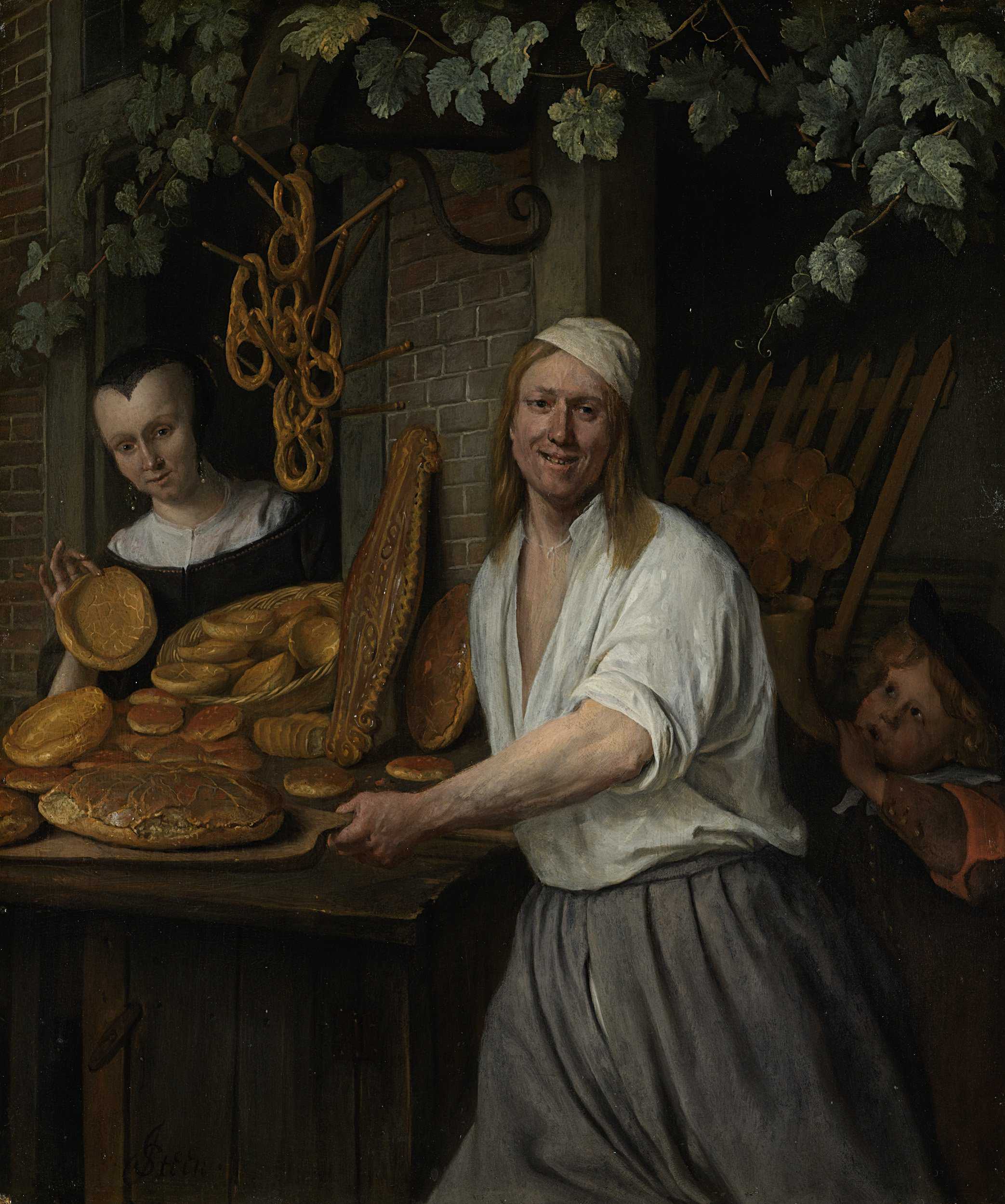
As mentioned above, Jan Steen tried his hand at the brewing business, helping his father after moving to Delft. The Steens’ brewery, with its eye-catching name, ‘The Snake’, lasted for around three years, without bringing them any particular success or prosperity. However, his creative craft soon ceased to be as fruitful as before, and the public stopped finding Steen’s ‘caricatures’ and humorous subjects so amusing; this coincided with a waning of interest in the art market among customers, in 1645.
After this unfortunate turn of events, Steen was forced to leave Delft and make his way north of Leiden, together with his family, to the little town of Warmond, and then to Haarlem. This journey covered a period of fourteen years, starting in 1656, and was very productive (The Sick Girl – 1663-66, The Life of Man – 1665, Tric Trac Players – 1667 etc.).
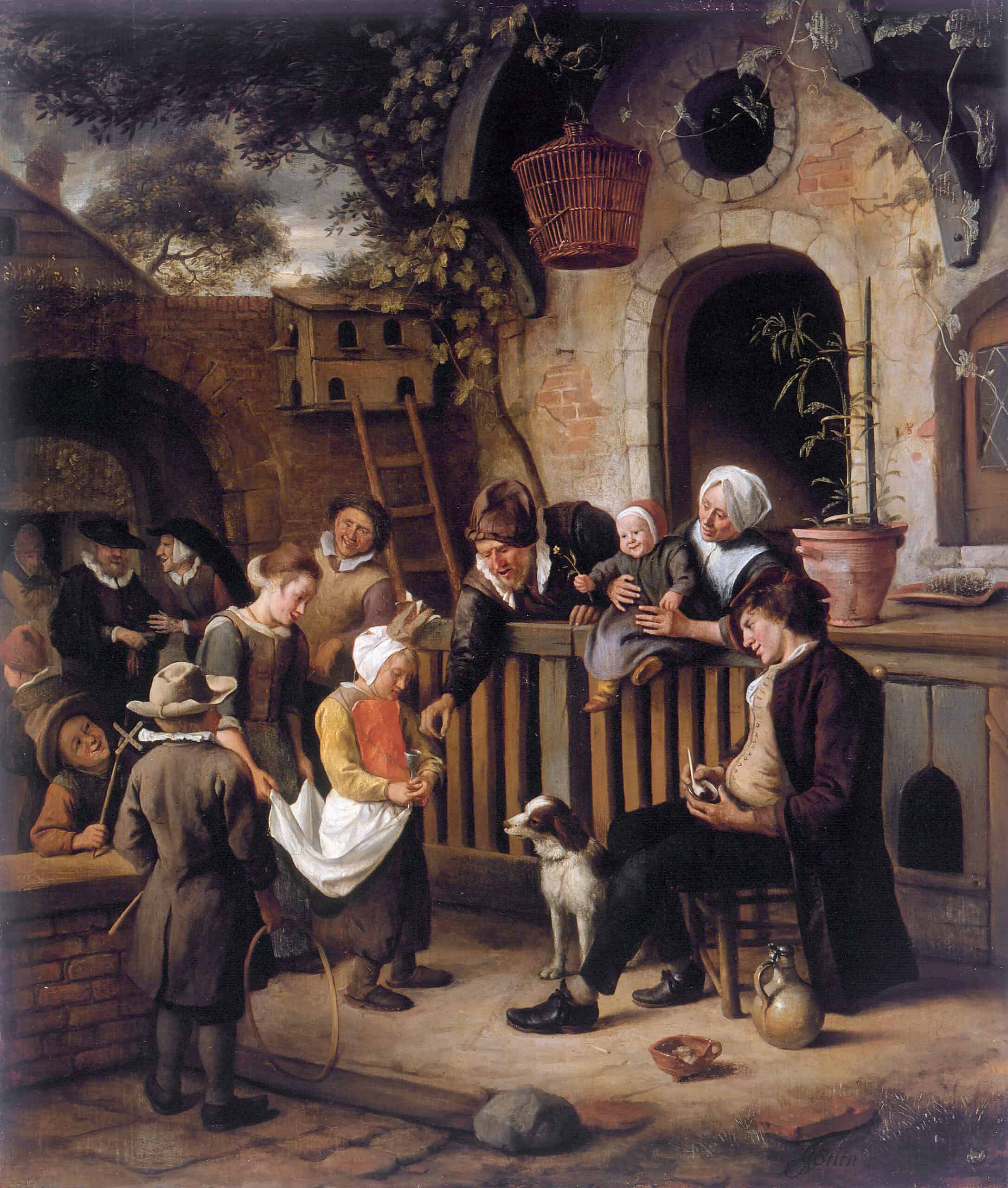
The paints that Jan was now using were applied to the canvas in gleeful bursts. He moves away from predominantly using ochre and painting dimly-lit scenes, opting instead to focus on wide-open spaces and bright tones. The master painter uses ultra-marine and a highly-saturated orange, in order to create rich patches of colour. Steen’s scenes are now endowed with a diverse range of details, tiny and multicoloured, and show children and adults alike, going about their daily business or having fun. Jan found that there was much inspiration to be had from the sayings and jokes that were passed on by word of mouth. And, as the latest research tells us, the master would invite actors from the theatres to come and pose for him, acting out his ideas. It appears that this is why his later works were so true to life.
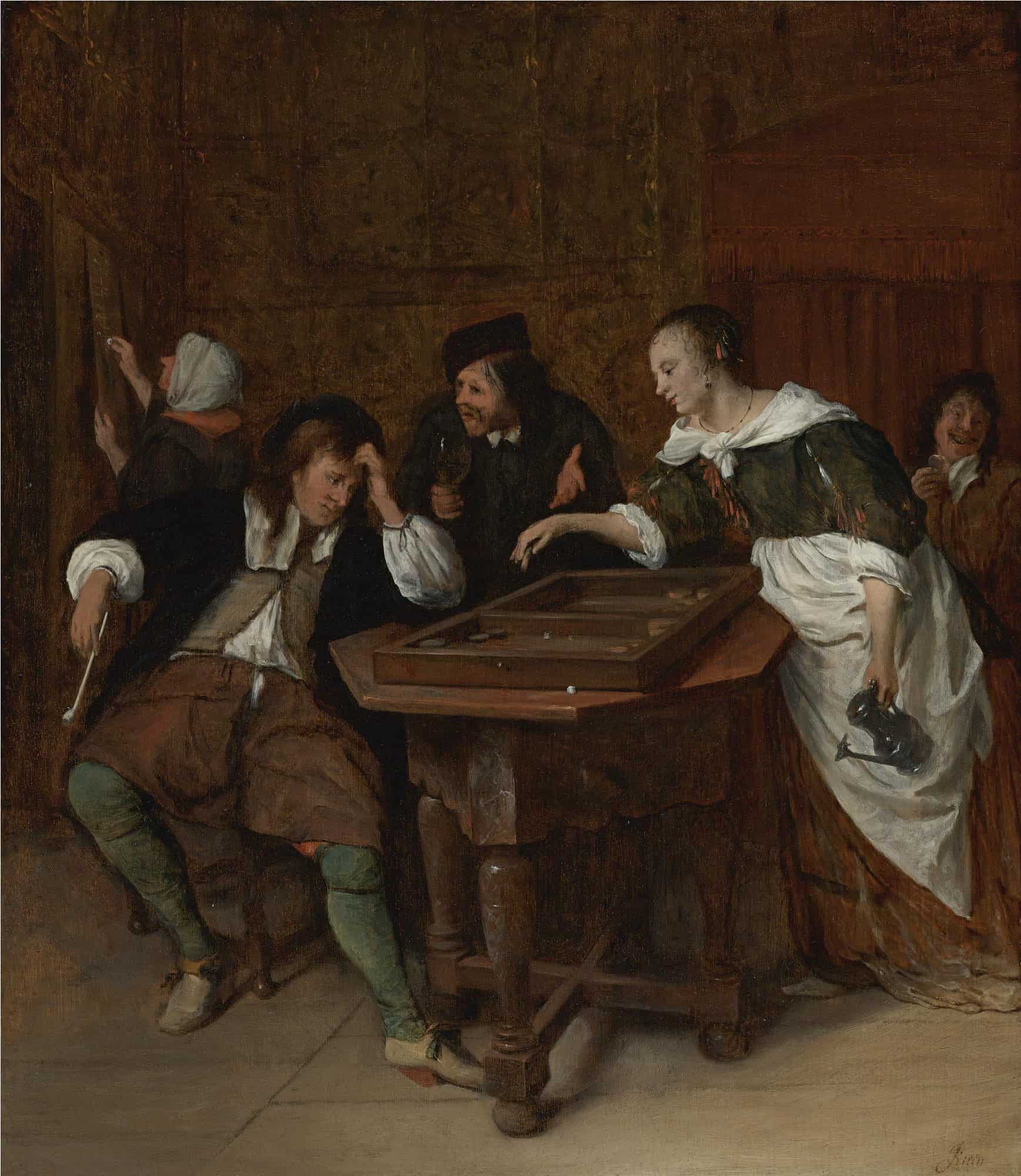
The artist’s success was soon overshadowed by tragedy: the death of his wife, in 1669, and the death of his father in 1670. Steen was compelled by the loss of his loved ones to move back to his native land. There, he once again tried to take up the family trade, and opened an inn. The artist’s loneliness was brought to an end by his marriage to Maria van Egmont in 1673, and the birth of another heir. A year later, Jan took up the post of president of the Guild of Saint Luke. Having enjoyed a successful career, the artist began to let himself go, and, either because he was tired of the celebrity he had enjoyed, or of life in general, he started drowning his sorrows in alcohol. His drinking companion on many a long evening was Frans van Mieris.
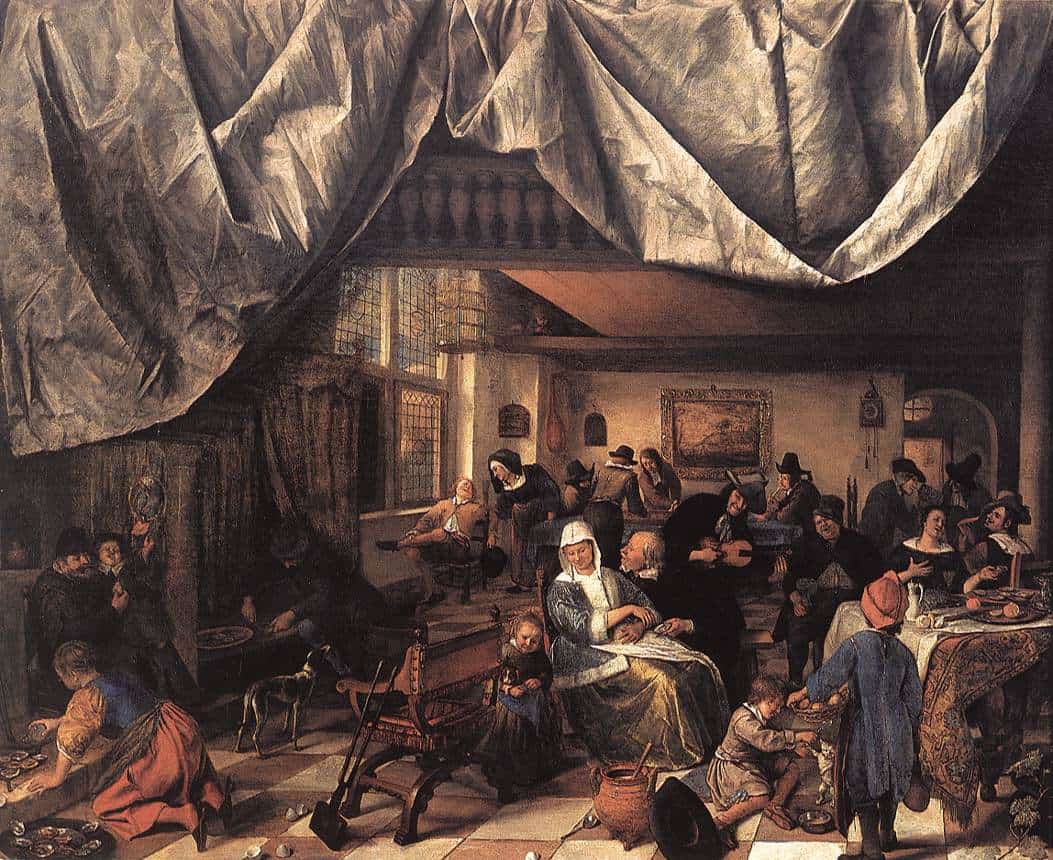
Jan Steen died in 1679 in Leiden and is buried in the family grave at St. Peter’s Church. The artist left as a legacy his artworks (of some 800 canvases, 350 are still intact), their witty subjects, his love for his students and, needless to say, his boyish enthusiasm and squint on a round, rosy-cheeked face, in his canvases, where he often appears as one of the characters.




